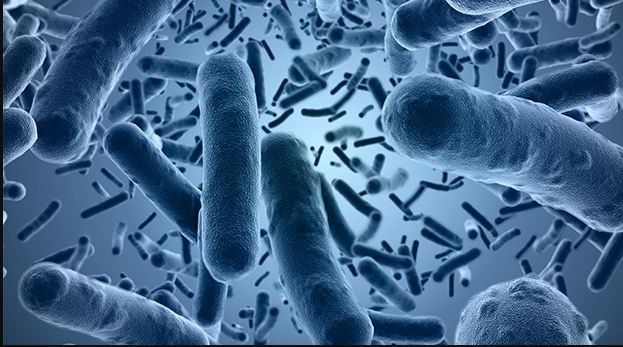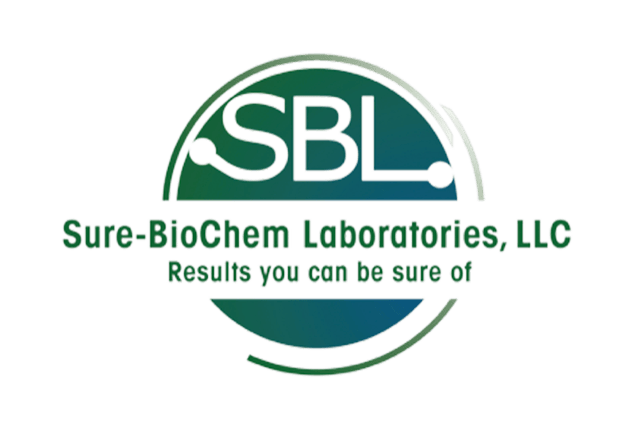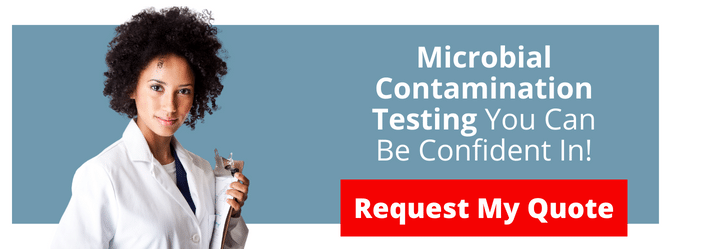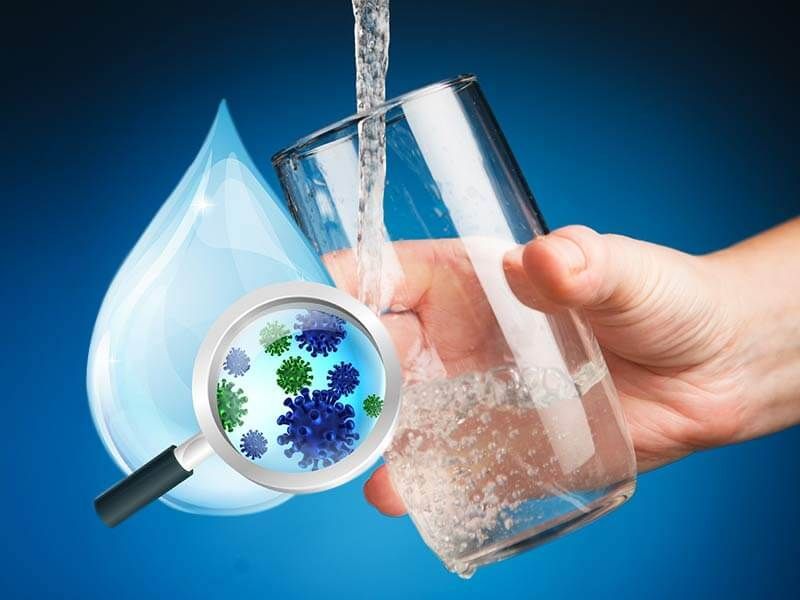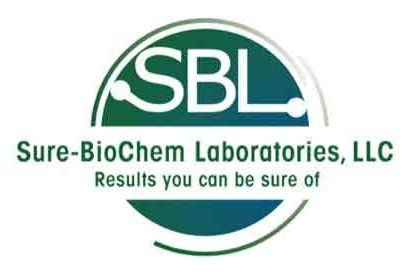Top Microbial Contamination Testing Methods
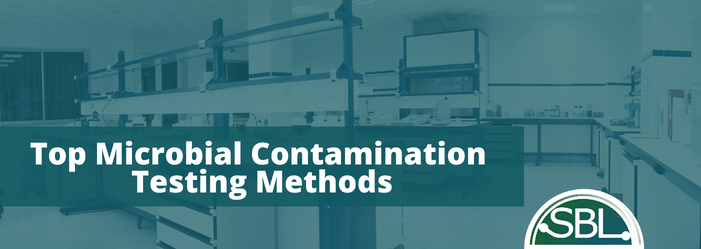
Microbial contamination testing is an important process for which there are many certified methods. When signs of microbial contamination are detected, fast action and dependable methodology are the surest ways to minimize the impact of the problem and get things back on track.
For the layperson, however, much about microbial contamination remains mysterious. How does it happen? What signs should be examined, and, when contamination is detected, what should be done about it?
In this article, we answer those questions and more. Read on to learn about top microbial contamination testing methods
What is Microbial Contamination?
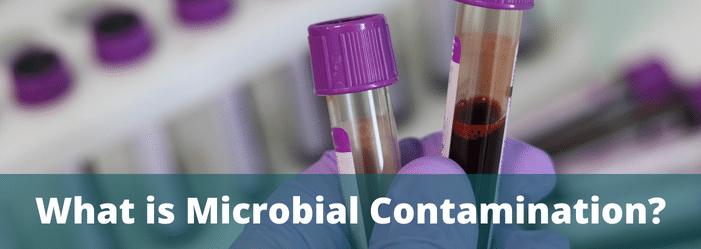
Microbial contamination is the contamination of a product at the microbial level. Clarifying? Maybe not. We’re talking about microbes: tiny particles that are always around us, but too small to be seen without special equipment.
Microbes are a normal, even important part of life. However, for the purposes of research and product development, some standards have to be maintained to ensure both quality and safety.
It’s important to regularly consider top microbial contamination testing methods as a way of ensuring safety and quality.
How Does Contamination Happen?
There are lots of ways contamination can happen. Usually, infiltration comes at the (literal) hands of a small mistake. Someone doesn’t wash their hands for long enough. Someone fails to follow clean room protocol to the letter—a mistake that can be easy to make when one considers just how stringent the requirements are.
Depending on the standards you are being held to, a single speck of dust can be enough to trigger contamination levels at your site. When that happens, you need to get top microbial contamination testing methods right away.
Testing for Contamination
So, just what are the top microbial contamination testing methods? In the headings that follow we will examine this question to help guarantee that you can maintain the safety and sterility of your products.
Risks of Microbial Contamination
The risk of contamination will depend primarily on the type of product you are working with. In food production, for example, innocuous mistakes can result in major health outbreaks. In electronics, even a single speck of dust can render certain products—like microchips—completely useless.
Of course, there is also the potential for penalties from the hands of the government body regulating your production standards. In all cases, it’s best to avoid contamination with regular top microbial contamination testing methods, and other best practices that will keep your production area safe and clean.
Who Needs Microbial Testing?
Anyone who produces things for public consumption will need top microbial contamination testing methods. Additionally, testing will be important for businesses that need to produce products with high levels of accuracy.
Let’s Breakdown the Methods of Microbial Contamination Testing
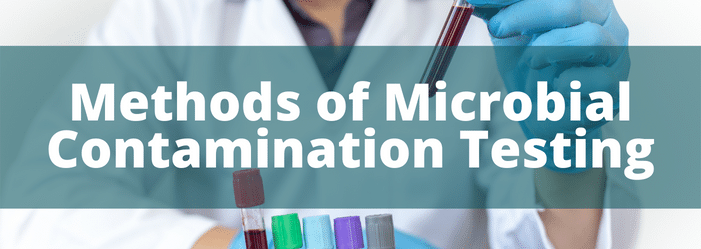
There are many different types of testing, just as there are many different types of materials that need to be tested. Whatever your industry, you can trust and expect that there is a testing method tailored precisely to your needs.
Why are there various testing methods?
Testing methods will depend on what substance is being tested. These methods will vary based on the purpose of the test.
Water Testing
Assessments of micro-organisms and chemical contaminants in water is a required element of Good Manufacturing Practices. Different kinds of water—deionized, processed, and purified—can all be tested depending on the circumstances. Of course, each type may have its own purity standard that must be met.
Bacterial Testing
Bacterial testing can include things like bioburden, bacterial endotoxin (both medical products), and more. Once again, the substance being tested for will depend both on the product itself, and the standard that needs to be met.
Environmental Monitoring
Environmental monitoring measures and observes various microbial organisms through different surface and air samplers. The idea, of course, is to ensure that the natural environments aren’t being contaminated by human activity or other factors.
Environmental monitoring is an important component of Good Manufacturing Practices.
Microbial Identification
As the phrase suggests, microbial identification is the identification of various microbial particles, both in the environment and on products that are being developed.
Contamination Testing Services
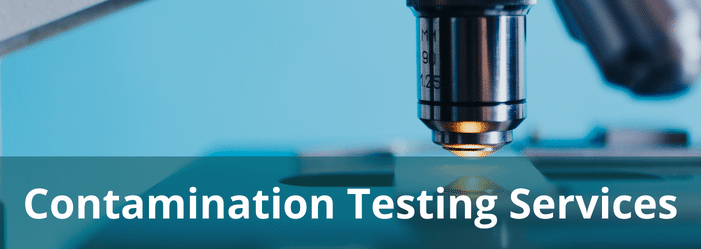
Contamination testing cannot be done on a DIY basis. For proper testing, you need to call a certified testing facility.
Lab Testing for Microbial Contamination
Special machines are implemented to perform microbial contamination testing. These machines are designed to identify even very small levels of contamination to ensure that your product is meeting its regulatory standard requirements.
Testing Standards
Each product has its own standard, measured in PPM—parts per million. During these tests, negative particles are identified and evaluated against the PPM standard that is relevant to the industry or product type.
Lab Testing
Testing is not performed on site. When a testing service is hired, samples will be taken at your location and then brought back to a sterile lab environment for testing and evaluation.
Collecting Samples
Every testing method has its own sample collection technique. However, to the layperson, the process will look mostly similar across the board. The tester takes a swab, and stores it safely in a sterile container, which will be used to transport it to the testing site.
Who Tests for Microbial Contamination
There are many labs that offer microbial contamination testing, but you should only trust high-quality services.
Look for professionals who
are transparent about their process and will give you a rundown of exactly what they are doing.
Microbial Contamination Testing is A Necessity
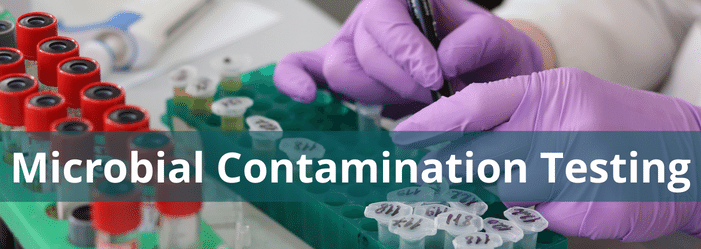
Don’t just guess, be sure your products are top notch. Learn more about sterile production and how to avoid microbial contamination with our library of other resources. Not only is testing required to keep your business in good standing, but it’s also just an important part of ensuring that your products are both safe, and able to meet the very high standards that you and the consuming public demand.
Click here
to receive a microbial contamination testing quote now!
Also Suggested
Related Learning
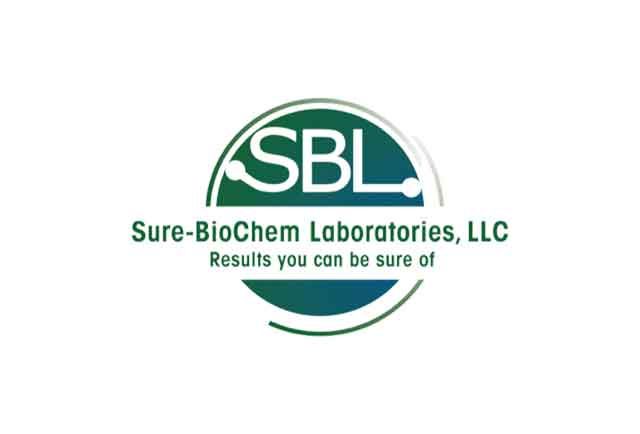
Need Our Help? Fill Out a Service Request Today!
We're here to assist you with all your needs. Please complete our service request form to ensure we provide the best possible service.
It's quick and easy—tell us a little about your request, and our team will reply promptly. We look forward to serving you!
Blog Contact Page
